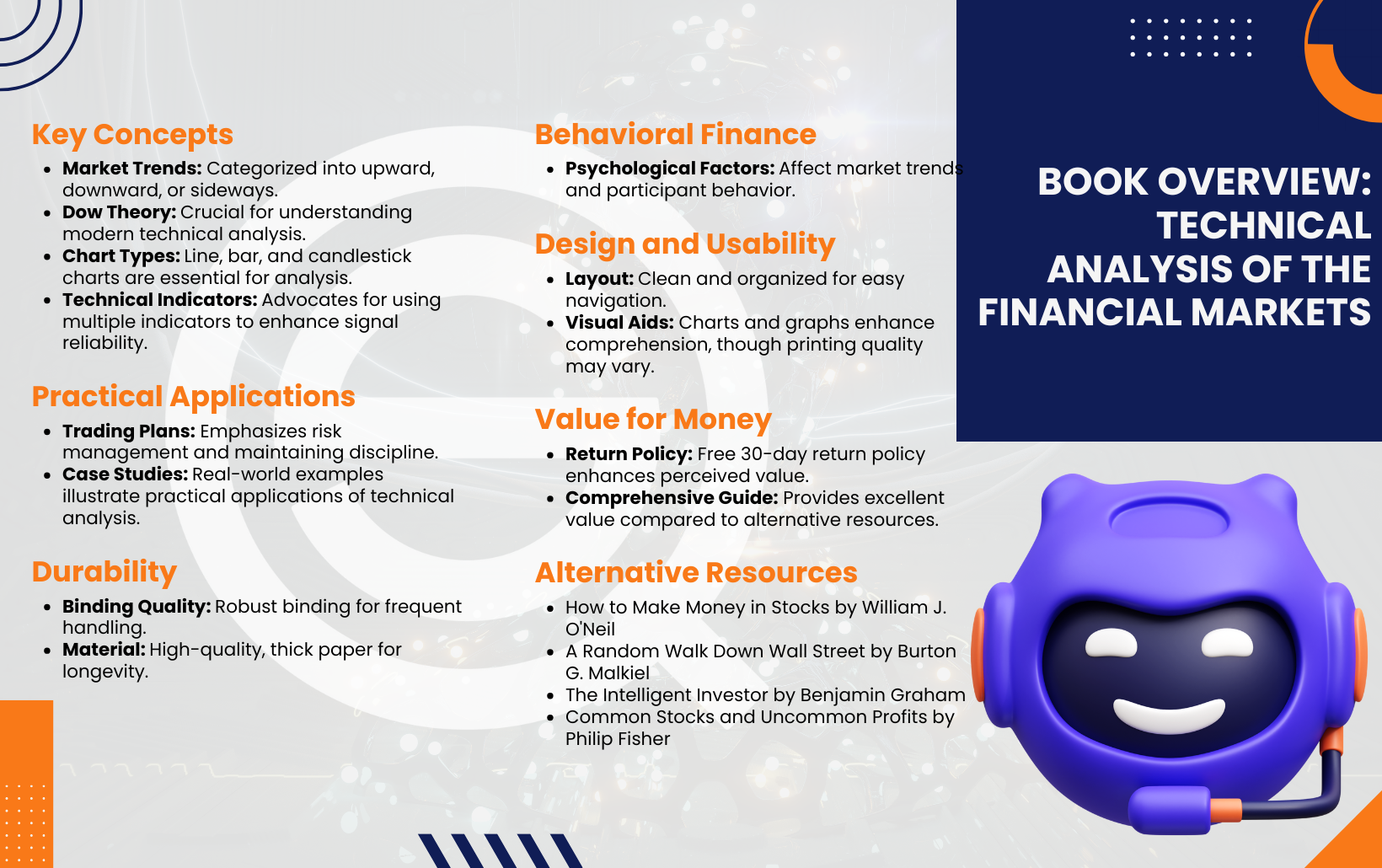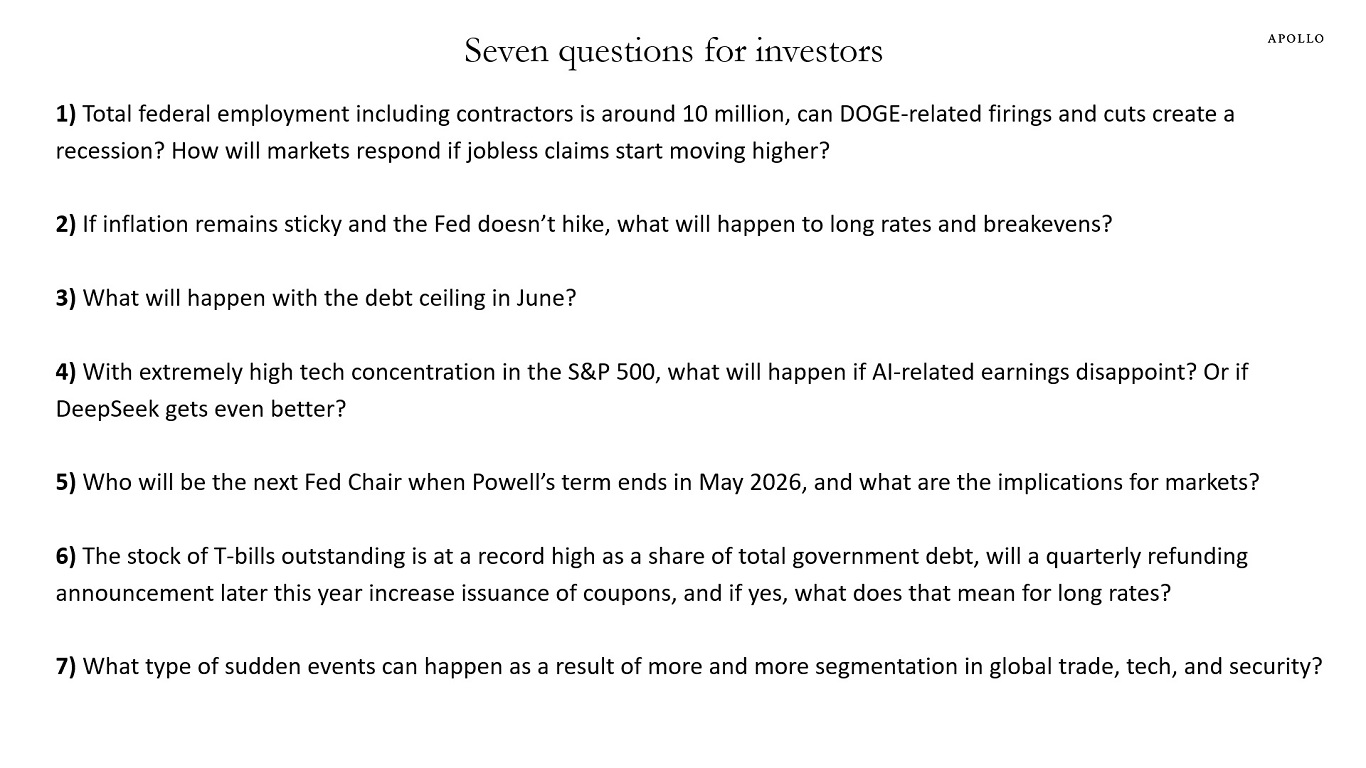Did you know that the average day trader spends more time analyzing financials than a chef spends perfecting a soufflé? In the world of day trading, understanding company financials is crucial for making informed decisions. This article dives into the essential financial statements to analyze, the impact of earnings reports, and the critical metrics that can drive trading strategies. We’ll explore how cash flow, profit margins, and balance sheets shape trading opportunities, alongside effective tools for financial analysis. Additionally, we’ll discuss the significance of P/E ratios, insider trading data, and the influence of market trends and news on day trading. Finally, we’ll touch on the risks and seasonal trends that can affect your financial analysis, along with how debt levels and dividend announcements can influence your trading strategy. With insights from DayTradingBusiness, you’ll be equipped to navigate the complexities of analyzing company financials for day trading success.
What are the key financial statements to analyze for day trading?
The key financial statements to analyze for day trading are the income statement, balance sheet, and cash flow statement.
1. Income Statement: Focus on revenue growth, profit margins, and earnings per share (EPS). Look for trends that indicate strong performance or potential volatility.
2. Balance Sheet: Assess assets, liabilities, and equity. Pay attention to the debt-to-equity ratio to gauge financial stability.
3. Cash Flow Statement: Evaluate operating cash flow, free cash flow, and cash flow trends. Positive cash flow indicates a healthy business that can sustain operations.
These statements help identify stocks with potential for short-term price movements.
How do earnings reports impact day trading strategies?
Earnings reports significantly impact day trading strategies by causing volatility in stock prices. Traders often anticipate sharp movements based on earnings surprises or guidance changes. Positive earnings can lead to rapid price increases, while negative results may trigger sharp declines.
Day traders look for these price swings to capitalize on quick gains. They often use pre-earnings volatility strategies, like buying options, to hedge or increase potential profits. Post-report, traders may implement momentum strategies, riding the stock's direction after the announcement.
Understanding key financial metrics and market sentiment around earnings helps traders make informed decisions. Quick reactions to earnings releases can lead to profitable trades, but they also come with risks due to rapid price changes.
What metrics should day traders focus on in financial analysis?
Day traders should focus on metrics such as:
1. Volume: Indicates the number of shares traded, helping assess liquidity and volatility.
2. Price Action: Analyze candlestick patterns and price movements for entry and exit points.
3. Volatility: Look at historical price fluctuations to gauge potential price swings.
4. Technical Indicators: Use moving averages, RSI, and MACD to identify trends and momentum.
5. Support and Resistance Levels: Recognize key price levels where trends may reverse.
6. News Sentiment: Monitor news and social media for events that can impact stock prices quickly.
7. Market Breadth: Evaluate the overall market direction by analyzing the number of advancing vs. declining stocks.
These metrics provide crucial insights for making informed trading decisions.
How can cash flow analysis help in day trading decisions?
Cash flow analysis helps in day trading by providing insights into a company's liquidity and operational efficiency. It allows traders to assess whether a company can meet its short-term obligations, which can influence stock price movements. Positive cash flow indicates financial health, potentially attracting buyers and driving up prices. Conversely, negative cash flow can signal trouble, prompting traders to sell. Understanding cash flow trends helps day traders make informed decisions about entry and exit points, ultimately enhancing profitability in a fast-paced market.
What role do profit margins play in day trading?
Profit margins indicate how efficiently a company generates profit relative to its revenue. In day trading, they help you identify stocks with strong financial health, which can lead to more stable price movements. Higher profit margins often suggest a competitive advantage, making the stock more attractive for quick trades. Traders look for these metrics to gauge potential volatility and risk, influencing entry and exit points. Understanding profit margins can enhance your ability to spot solid trading opportunities.
How do balance sheets influence day trading opportunities?
Balance sheets provide crucial insights into a company's financial health, impacting day trading opportunities. Investors look for strong assets and low liabilities, which can signal stability and growth potential. A solid balance sheet may attract buyers, driving up stock prices. Conversely, weak financials can lead to sell-offs, creating volatility. Day traders capitalize on these fluctuations, using balance sheet analysis to make quick, informed decisions. Key metrics like debt-to-equity ratio and current assets influence trading strategies, helping traders identify optimal entry and exit points.
What are the best tools for analyzing company financials for day trading?
The best tools for analyzing company financials for day trading include:
1. Yahoo Finance: Offers comprehensive financial data, including income statements, balance sheets, and cash flow statements.
2. Finviz: Provides a powerful screener with real-time data, allowing you to filter stocks based on financial metrics.
3. TradingView: Features advanced charting tools and financial analysis capabilities, perfect for visualizing trends.
4. Bloomberg Terminal: A premium tool for in-depth financial analysis and real-time market data, though costly.
5. TD Ameritrade's thinkorswim: Integrates detailed financial data with trading capabilities, ideal for day traders.
6. Morningstar: Offers robust financial insights and analysis on company performance, useful for quick assessments.
These tools help you evaluate key financial metrics like earnings, revenue growth, and profit margins essential for making informed day trading decisions.
How do market trends affect financial analysis for day trading?

Market trends significantly influence financial analysis for day trading by shaping stock price movements and volatility. Traders analyze trends to identify patterns, assess momentum, and make informed buy or sell decisions. Bullish trends may indicate strong buying opportunities based on positive company financials, while bearish trends can signal risks even if financials appear solid. Understanding broader market sentiment helps traders anticipate price shifts, optimize entry and exit points, and manage risk effectively. Ultimately, aligning financial analysis with prevailing market trends enhances the potential for profitable trades.
What is the significance of P/E ratios for day traders?
P/E ratios help day traders quickly assess a stock's valuation compared to its earnings. A low P/E might indicate an undervalued stock, while a high P/E could suggest overvaluation. Traders use this to make informed buy or sell decisions, especially during earnings reports or market shifts. Understanding P/E ratios aids in identifying potential short-term price movements based on investor sentiment around earnings expectations.
How can day traders use insider trading data effectively?
Day traders can use insider trading data effectively by monitoring recent insider purchases or sales, which often signal confidence or concern about a company’s future performance. Look for patterns in the timing and volume of trades; significant buys may indicate a stock's potential upside, while large sales could suggest caution.
Combine this data with company financials like earnings reports, revenue growth, and cash flow to validate your trading decisions. Use insider trading data as a catalyst to identify entry and exit points, especially around earnings announcements or other major news. Always cross-reference with broader market trends to enhance your strategy.
Learn about How to Use Market Microstructure Data to Improve Day Trading Outcomes
What are the common financial ratios to monitor for day trading?

Common financial ratios to monitor for day trading include:
1. Price-to-Earnings (P/E) Ratio: Indicates how much investors are willing to pay per dollar of earnings.
2. Price-to-Sales (P/S) Ratio: Shows how much investors pay for each dollar of sales, useful for evaluating growth potential.
3. Return on Equity (ROE): Measures profitability by showing how much profit a company generates with shareholders' equity.
4. Current Ratio: Assesses liquidity by comparing current assets to current liabilities, indicating financial health.
5. Debt-to-Equity (D/E) Ratio: Evaluates financial leverage by comparing total liabilities to shareholders' equity.
6. Operating Margin: Reflects the percentage of revenue remaining after covering operating expenses, highlighting efficiency.
These ratios help day traders assess a company's financial stability and performance quickly.
How does news affect company financials and day trading?
News significantly impacts company financials and day trading by influencing stock prices, investor sentiment, and market volatility. Positive news, like strong earnings reports or product launches, can lead to price surges, attracting day traders looking to capitalize on quick gains. Conversely, negative news, such as scandals or poor financial forecasts, often results in sharp declines, prompting traders to sell off shares.
Day traders closely monitor news releases and earnings announcements to make informed trading decisions, aiming to exploit short-term price movements. Rapid reactions to news can create opportunities for profit, but also increase risk due to potential volatility. Understanding how news affects stock behavior is crucial for successful day trading.
Learn about How Do Market Makers and Liquidity Providers Affect Day Trading?
What are the risks of relying on financial analysis for day trading?
Relying solely on financial analysis for day trading carries several risks. First, financial metrics can lag behind real-time market sentiment, leading to missed opportunities. Second, day trading often focuses on short-term price movements, which may not reflect a company's financial health. Third, unexpected news or events can drastically shift stock prices, overriding financial data. Lastly, overemphasis on financials may cause traders to ignore technical analysis and market trends, essential for day trading success. Balancing both financial insights and market dynamics is crucial.
How can seasonal trends impact financial analysis in day trading?
Seasonal trends can significantly impact financial analysis in day trading by influencing stock price movements and trading volumes. For example, companies in retail often see increased sales during the holiday season, which can lead to higher stock prices. Traders should analyze earnings reports and historical performance data to identify patterns. Additionally, market sentiment during specific seasons can affect volatility, providing opportunities for short-term trades. Understanding these trends helps day traders make informed decisions and capitalize on potential price swings.
Learn about How Do SEC Rules Impact Day Trading?
What are the implications of debt levels for day traders?

High debt levels can increase a company's risk profile, impacting day traders' decisions. Elevated debt may lead to volatility in stock prices, as companies with heavy debt might struggle during downturns or interest rate hikes. Day traders should watch for earnings reports and debt-to-equity ratios, as poor financial health can trigger sharp market reactions. Additionally, high debt can limit a company's growth potential, affecting short-term trading strategies. Overall, understanding debt levels is crucial for assessing potential price movements and making informed trades.
How do dividend announcements influence day trading strategies?
Dividend announcements can significantly influence day trading strategies by impacting stock volatility and investor sentiment. Traders often anticipate price movements around the announcement, leading to increased trading volume. A positive dividend increase may encourage buying, while a cut or omission can trigger selling. Day traders might capitalize on these price fluctuations by entering or exiting positions quickly, using technical indicators to gauge momentum. Additionally, understanding the company’s financial health through its dividend history can provide insights into potential stock performance, helping traders make informed decisions.
Learn about How Do Institutional Traders Influence Day Trading Strategies?
Conclusion about Analyzing Company Financials for Day Trading
In conclusion, a thorough analysis of company financials is essential for successful day trading. By focusing on key financial statements, understanding the impact of earnings reports, and monitoring critical metrics such as profit margins and cash flow, traders can make informed decisions. Tools for financial analysis and awareness of market trends further enhance trading strategies. While risks exist in relying solely on financial data, incorporating insights from insider trading and news can provide a competitive edge. Ultimately, a comprehensive approach to financial analysis can lead to better trading outcomes, and DayTradingBusiness is here to support your journey in mastering these essential skills.